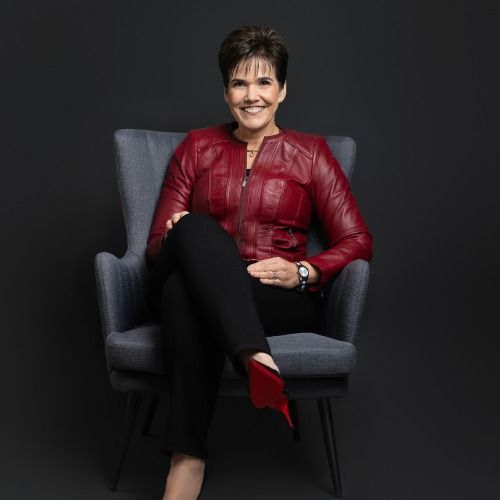Who's Buying Your Business? Insights for Entrepreneurs
In this episode, we explore the dynamics of business acquisition and payment methods with host, Lani Dickinson.
Discover who the buyers are—individuals, companies, and institutional investors—and how they approach purchasing a business. Learn about the importance of cash flow, management structures, and growth plans in making your business an attractive acquisition target.
This episode is packed with insights on positioning your business for a successful exit!
---
Enjoyed this episode?
Subscribe to Freedom to Exit for more insights on building a scalable, sellable business that buyers compete for.
Free Resources to Go Further:
📌 7 Ways AI Can Boost Your Sales and Save You Time – Download this free guide: https://ai.activatetoascend.com/get-7ways-ai
📌 3 Ways Your Business Can Use AI TODAY to Stop Leaking Money – Save your seat for the free live webinar: https://webinar.activatetoascend.com/webinar-register-general
📌 Changes Assessment – Discover where your business is leaking time, money, and momentum: https://stealthfreedomtoexit.com/changes
Connect with Lani Dickinson:
📌 Instagram: https://www.instagram.com/stealthfreedomtoexit
📌 Facebook: https://www.facebook.com/laniadickinson
Need expert guidance on your exit?
Visit https://stealthfreedomtoexit.com
If you got value from this episode, leave a review—it helps more business owners find the show!
Transcript
>> Lani Dickinson: Today we're goingna talk about who's buying and how
Speaker:will they pay for it. Because as you think about who's
Speaker:buying, what they need and how they're goingna pay for it, it will help
Speaker:you to build things and position things now in
Speaker:your business to make people more willing to buy.
Speaker:Welcome to the Freedom to Exit podcast. I'm Lani
Speaker:Dickinson, former Fortune 175 CEO, bringing
Speaker:you expertise, private equity insights,
Speaker:turnarounds, sustainable growth and positioning
Speaker:yourself for a very satisfactory exit. So let's dive
Speaker:in. When we think about individuals, those are the people
Speaker:who are being trained out there on the Internet
Speaker:to buy your business for nothing, for no money down, keep
Speaker:you in it, have you running it as an employee. Make
Speaker:no mistake, the only reason they can teach people
Speaker:to do this is because most people have not built
Speaker:their businesses in a way that makes them
Speaker:sellable. Remember, only one in five actually
Speaker:sell. Four out of five don't sell. Which means four
Speaker:out of five are really a target
Speaker:for all of this training about how to buy a business
Speaker:for nothing. An individual these days is not
Speaker:looking for an owner operator job. They are
Speaker:looking for more of an absentee, almost
Speaker:owner status and they are looking for cash flows. When
Speaker:you're dealing with an individual or a couple of
Speaker:people who are looking at your business,
Speaker:you have to realize you have to build it in a way
Speaker:other people run it and that there is enough cash to
Speaker:pay them the money they need to take away
Speaker:and make the debt payment out of the
Speaker:existing cash flow. These individuals
Speaker:are going to be looking to add their expertise
Speaker:to grow their business. So let's say a
Speaker:small business owner entrepreneur hasn't done
Speaker:quite as much online marketing as is
Speaker:really available. So maybe I would come and
Speaker:look for this business and say I can bring my online
Speaker:marketing expertise and really grow that business. So
Speaker:they're looking how can I grow it? But the existing business
Speaker:cannot be a job and cannot require them on
Speaker:site. The next level of buyer might
Speaker:be just a company who's looking to grow through
Speaker:acquisition. So this would be a
Speaker:strategic move for this company.
Speaker:Maybe it's gonna make their business bigger or more
Speaker:profitable. And maybe they're even
Speaker:Planning to buy 10 or TW12 of these
Speaker:similar businesses and sell that whole thing for a
Speaker:very large number down the road.
Speaker:So you might be dealing with just local
Speaker:companies that wanna grow a little bit faster and become
Speaker:a little bit more profitable. Or maybe they want access to your
Speaker:customer base or some kind of a technology or
Speaker:a process that you have available Then there's
Speaker:the institutional buyer. And this
Speaker:is private equity institutions have
Speaker:$5 trillion
Speaker:under management. There's about 6,000 firms in
Speaker:the market today and they're doing about
Speaker:50% of all acquisition deals. This
Speaker:is a pure financial move for
Speaker:these people. Anybody in the private equity space
Speaker:is managing money to make money for its
Speaker:investors, period. The biggest contributors to
Speaker:these private equity funds are pension funds,
Speaker:endowment funds and sovereign funds. There's
Speaker:also some high net worth investors. But
Speaker:when you think about pensions, endowments and sovereign
Speaker:funds, they have payment obligations to
Speaker:sustain the livelihood of the people and the
Speaker:projects that they're responsible for. They need to
Speaker:earn way more than the
Speaker:7% they can earn in the stock market. They
Speaker:have to have 20 and
Speaker:25% returns to be able to keep up
Speaker:with inflation and the rising
Speaker:costs of the that are being paid out.
Speaker:What the institutional buyer must
Speaker:have from your business is obviously
Speaker:cash flow growth at better than a market
Speaker:rate and it must have a management team in place.
Speaker:The private equity funds don't have a bunch
Speaker:of management teams to go deploy in everything
Speaker:they build. They are truly buying
Speaker:the cash flow and the profit to be able to
Speaker:do these sustaining activities. They grow
Speaker:by acquisition and then growth
Speaker:of what they acquire. So they are looking
Speaker:to buy and make better and probably
Speaker:do a roll up where they take 10, 20, 30,
Speaker:100 of similar businesses and they roll them up
Speaker:together and sell them. Generally they're
Speaker:looking early on in their fund for
Speaker:platforms that they can bolt
Speaker:on other businesses. Which means are
Speaker:you the business that has the sop,
Speaker:the process, the proven outcomes
Speaker:that they can then go buy other
Speaker:smaller or more fractured
Speaker:businesses and bring them and bolt them
Speaker:ono this platform and bring that
Speaker:process, that structure, that proven outcome to
Speaker:those other businesses that they buy. So are
Speaker:you able to be a platform business or
Speaker:would you be more of a bolt on business? You have to
Speaker:have a growth plan. Nobody's buying a plateaued
Speaker:business. But if you have a growth plan and they say
Speaker:my capital would bring your growth plan
Speaker:forward sooner or make us even
Speaker:more, then they'll be interested in that how they
Speaker:pay comes into whether you're a good target
Speaker:for them to buy for an individual, they're probably
Speaker:gonna be looking for an SBA loan and they're
Speaker:gonna have to put up their house and the benefit
Speaker:to them is they get a bunch of money they don't have to raise
Speaker:from somewhere else. And it's at SBA interest rates which
Speaker:are probably more favorable than going down to the local
Speaker:bank or borrowing from other People, they're gonna have to
Speaker:put 10% cash down and
Speaker:potentially they're raising money to cover that. And
Speaker:you keeping your real estate may
Speaker:potentially be a form of future cash flow. So
Speaker:if the business seller keeps the real estate,
Speaker:but the buyer still needs to do the business on the
Speaker:land, this can drop the acquisition price
Speaker:so that the buyer can more easily afford
Speaker:the amount. Just know that real estate and
Speaker:the building is something that might create future cash
Speaker:flows in this. And know that
Speaker:individual buyers are probably looking for some
Speaker:version of seller financing if they are being
Speaker:trained by these people we've talked about on other podcasts
Speaker:that are teaching people how to go buy and
Speaker:negotiate for seller financing and seller
Speaker:earnouts. It's probably going to be a topic you're goingna need to
Speaker:be ready to address and decide how much are you
Speaker:willing to participate in that conversation.
Speaker:institutions are trying to deploy the
Speaker:smallest amount of cash possible. What they do is
Speaker:they say what is the least amount of cash we can put
Speaker:forward? And then they match that with debt. Your
Speaker:business, its cash flows has to
Speaker:be able to sustain the debt payments. They're
Speaker:very likely not going to allow you to leave debt in the
Speaker:organization. They're buying the assets, they don't want your debt,
Speaker:so you'll have to pay off your debt. But then they're gonna
Speaker:load debt onto the company in their acquisition.
Speaker:Typically they're looking for five times
Speaker:the leverage. So if you have a $5 million
Speaker:EBITDA business and you get a 10x multiple, that
Speaker:means your sale price is going to be $50
Speaker:million. They're going to do probably
Speaker:$25 million in cash and $25
Speaker:million in debt. Your company has to be able to
Speaker:pay that debt payment after it's sold.
Speaker:Now what this tells you is they
Speaker:must still make their 20, 25%
Speaker:returns and then cover those debt payments. So your
Speaker:EBITDA has to be high and you have to be profitable. You
Speaker:have to have margins that allow that cash flow to
Speaker:make those payments. I've done a private equity turnaround
Speaker:and I was the CEO who was brought in
Speaker:because they couldn't get the existing team to make the changes
Speaker:that needed to be made to get to those profit margins.
Speaker:Sellers who say they're going toa change
Speaker:the culture, they're goingna change the people. It almost
Speaker:always happens because they are going to do
Speaker:whatever hard things need to be done to get
Speaker:those returns. 73% of founder
Speaker:CEOs do not make it their five year holding
Speaker:period because of this inability to do the hard things.
Speaker:The future payment, often called the second bite of the
Speaker:apple, seems sexy. But when we know
Speaker:73% of people selling really
Speaker:don't make the cut at that fifth year, that means that second
Speaker:bite of the apple might not come in the way that we thought it
Speaker:was. So if you're finding all of this helpful, feel free to,
Speaker:like, share and subscribe and certainly return next
Speaker:week, where we continue to dive in more deeply on all
Speaker:things related to freedom to exit.


